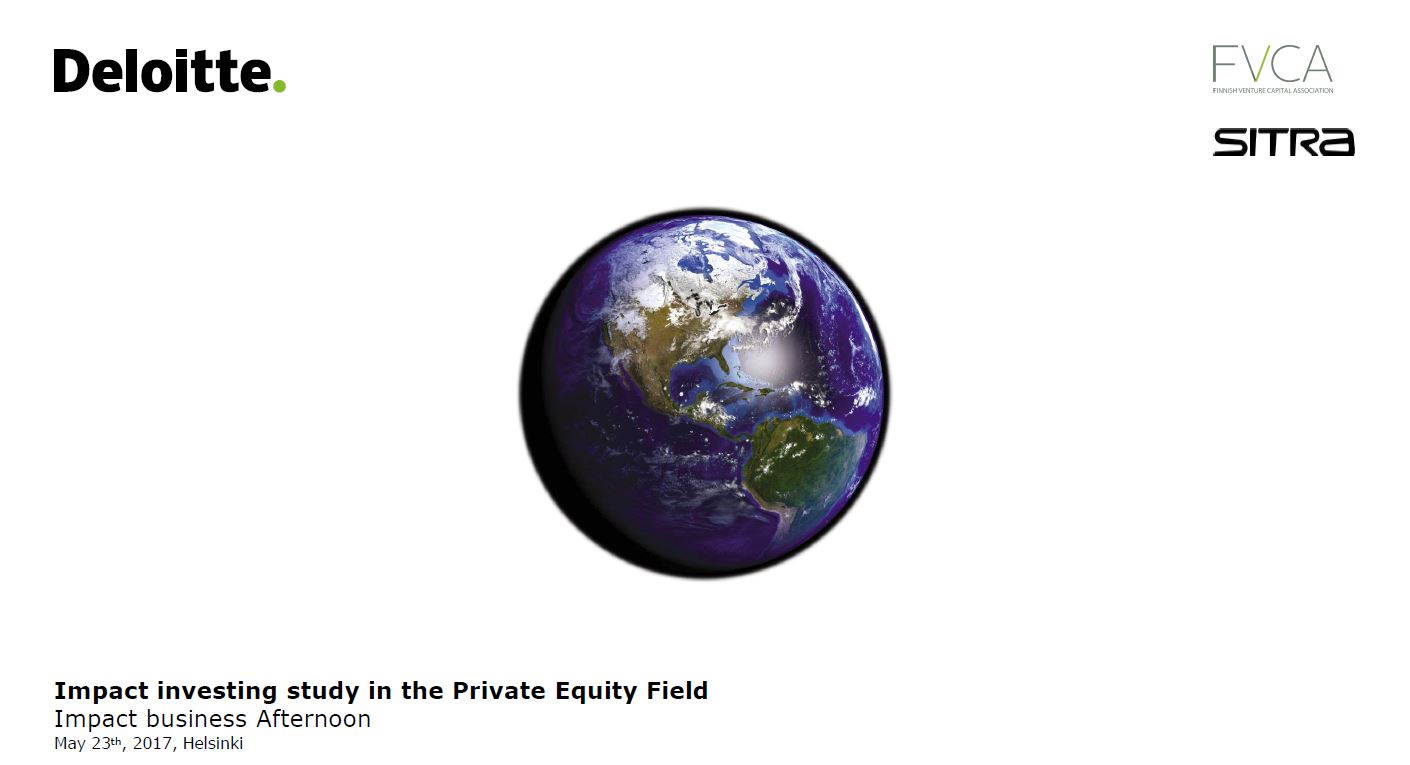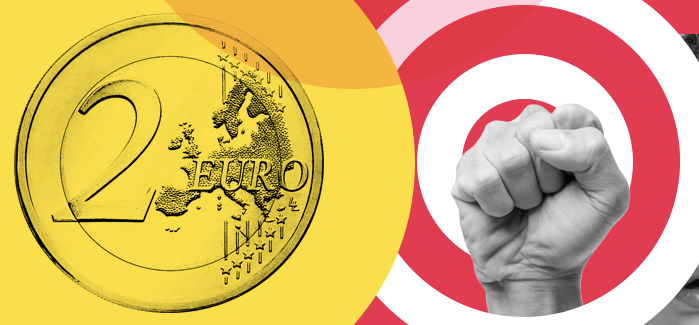

Handloom Sector in India
Handloom textiles today are a timeless testament to the diverse and rich cultural heritage of India and is the second largest source of livelihood to the rural and semi-urban population of India. However, the sector as it stands today is at a critical moment in time where it simultaneously faces stresses that threaten to obliterate it along with unprecedented opportunities for innovation and revitalization.Highlighting the Issue
Three decades ago, the Balaghat district in Madhya Pradesh used to be a weaving hub of India. Mehendiwara, a small village in Balaghat is today home to a community of traditional weavers who have been marginalized over time due to a lack of market connectivity, design inputs, quality raw materials and financial support. Today hardly 50 odd people in the village weave, with the majority of residents have migrated in search of better livelihood opportunities.How WomenWeave is saving Mehendiwara
The Balaghat Project, a WomenWeave initiative – is an attempt to showcase the skills of these weavers, revitalizing lost techniques in order to introduce ultra-fine Khadi fabric with exquisite motifs back into the market. Women weave is trying to empower women, one loom at a time firmly securing their future. They plan to achieve this by accomplishing the following determined objectives in Balaghat:- To make 20 women skilled in spinning and 30 in weaving.
- To establish a strong demand and supply chain.
- To strengthen the supply chain of the hand- made Khadi yarn for traditional weavers.
- To strengthen the hand spinning activity to yield an annual income of Rs. 55000 per spinner and Rs. 70000 per weaver.
- To strengthen the availability of various kind and counts of yarn for the handloom weavers.
Support from the YES Global Institute Support
YES Global Institute, the practicing think-tank at YES BANK, is focused towards catalyzing private capital for development. The institute encourages public and private stakeholder engagement, focusing on key areas of national development including Economy & Public Policy, Smart Cities, Renewable Energy, Microfinance, MSMEs, Food & Agriculture, North-East Region, Natural Capital, Social Impact, Education and Culture. YES Bank/ YES Global Institute is supporting the campaign via Matching Donations, in which the Bank/Institute matches every donation to the cause by giving an equal amount themselves!About WomenWeave
WomenWeave’s mission is to work towards overcoming the vulnerability of women who weave on handlooms by:- Creating a community of weavers and connecting them with potential customers
- Providing craft skills training, and organizational and design assistance
- Valuing and integrating traditional design and cultural heritage to realize more marketable product
- Generating selling opportunities and market connections in India and abroad that would otherwise be inaccessible
- The end objective is that of transforming handloom weaving into a dignified income-earning, fulfilling, sustainable, and life-improving activity



Customised training for specific jobs
Immigrants’ unemployment has for years been 2 to 5 times higher than that of the native population, and it takes much more time for them to enter the labour market. In the experiment the employment of immigrants is facilitated by bringing training to workplaces and customising it according to what is needed to do the job. – Immigrants who find employment strengthen the viability of municipalities and Finland’s economic growth. With the growing numbers of immigrants, it is even more important than before to facilitate their entry to the labour market, Permanent Secretary Gustafsson says. The companies participating in the experiment represent sectors that have difficulties in finding workforce, such as the manufacturing industry, building, trade and services. The experiment is first carried out in Uusimaa and Southwest Finland, and it will be extended to regions where there is a shortage of labour as considered necessary. – Valmet Automotive is currently recruiting large numbers of employees. In this situation it is important to find people who are motivated and committed to their work. Immigrants are one of the groups of people where we have found such employees, and I believe we will find more of them in the future. The SIB project improves the basis employment skills of immigrants to facilitate their entry to working life. The way we see it, we also have an important role in supporting the integration of immigrants by employing them, says Tomi Salo, HR Director of Valmet Automotive.Impact investing model used in the experiment
The Social Impact Bond model was brought to Finland by the Finnish Funding Agency for Innovation Sitra. In the SIB project the performance objectives are specified in great detail, both for the wellbeing set as the target and for the economic benefit. The achievement of the targets is measured on a regular basis. – The experiences gained from the Integration SIB project will also be used in the future Employment SIB project, specifically aimed to promote the employment of the young and long-term unemployed, Permanent Secretary Gustafsson says. The Government decided on the Employment SIB project in the mid-term policy review, and it is to start in the autumn.

Effective, impact-based investments in well-being are under way.
The Finnish government decided that it will use the performance-based SIB model (Social Impact Bond) for employment trials and for decreasing the exclusion of youths, among other things. This is great news, as the current scarce economic situation forces both the government and the municipalities to develop new tools for the improvement and funding of well-being. The SIB, which was introduced in Finland by Sitra, is one of these tools. It connects the public sector, investors and service providers so that everyone benefits. “The SIB agreement doesn’t just acquire goods and services; it acquires results and impact. In addition, it provides the government and municipalities with opportunities for risk-free funding external to the budget,” emphasises Sitra Impact Investment Project Director Mika Pyykkö.Objective: decreasing youth exclusion
The Finnish government’s objectives are especially to reduce the number of young NEETS (Not in Employment, Education or Training) and to promote the employment of youths. One of the methods of achieving this goal is the SIB project to support youth employment and to decrease exclusion. The project will be prepared during the spring and summer of 2017 by the Ministry of Economic Affairs and Employment, Sitra and municipalities that are interested in the project. (See the government memorandum, Section 12, link in Finnish) The memorandum states that the current system to support the well-being, education and employment of children and youths is too complicated, and that the effectiveness of measures is decreased by lack of coordination and collaboration. However, the SIB model will enable support for youths and families which is more effectively timed and tailored specifically to their situation and needs.Trials to promote employment
The government plans on, for example, procuring novel, diverse service concepts for youths in challenging labour market positions from private sector service providers. The projects will be privately funded through the SIB model and the service procurements will be realised using innovative procurement practices and performance-based agreements. (See the government memorandum, Section 14, link in Finnish)Target-oriented investments in well-being
An SIB agreement defines the measurable objectives for increasing well-being. Institutional and private investors fund the services that promote well-being and assume the risks associated with the provision of these services, while the public sector only pays for the results that fulfil the objectives. In other words, the government or the municipality do not have to pay until the results have been verified. “Impact investment is a method to solve problems through carefully planned, consistent and front-loaded investments,” says Pyykkö. SIBs are already being trialled in Finland in two projects. The first of these enhances occupational well-being in the public sector and the other, a project headed by the Ministry of Economic Affairs and Employment, accelerates the employment of immigrants. There are approximately 30 municipal SIB projects planned in different parts of Finland, including Vantaa, Hämeenlinna, Lahti, Lappeenranta, Tampere and Oulu. The objectives of these projects range from the well-being of families, children and youths to promoting the independence and employment of senior citizens. The value of the public sector’s procurements reaches approximately 35 billion euros annually. Therefore, the purchase of impact also means the more productive use of billions of euros in tax revenue.
By doing modeling you are already answering the question about the Theory of Change: How a strong social welfare system can use the best of the private sector by articulating a successful Social Impact Bond (SIB) model.
I recently went to Finland to discover a very interesting case of when and how SIBs can be used to solve social problems. As a German Chancellor Fellow who is researching social impact investing initiatives in Germany and other parts of Europe, the first thing I learned was that SIB is not the solution to all social problems. Furthermore, the question of how to use SIBs can at times be very challenging.
The reason why Finland is developing SIBs so quickly is mainly because of Sitra´s role. Sitra is determined to accelerate SIBs in Finland, acting like a middle man in charge of the most difficult job, which is educating the public sector how to use SIB models to tackle specific issues.
The other differential for me is that Sitra knows exactly how to act in a new scenario of big government and municipality reforms and is pragmatically answering the questions of the Theory of Change in this new context. Here are some key considerations I would like to make of their model:
- Together with partners, Sitra defines specific targets and incentives. All sectors (public sector, start-ups, big for-profit corporations, non-profit organizations) learn how to work together in a new collaborative way and share common goals.Investors realize the key role they need to play and that is why they accept lower returns to keep the value of the impact purpose. There is a maximum cap return rate agreed with investors, and the surplus of the return goes to the government.
- With the recent changes in Finland´s public administration, the customers will have more freedom of choice to choose services among more private enterprises. Consequently, the government will work diligently on measuring the impact of these service providers making sure the quality of services will be preserved.
- Conflicts between long-term SIB investment and 12-month governmental budget cycles are addressed with long term contracts and commitments between service providers and government (municipalities), considering their tasks.
- Finland is very data driven and has a recognized engineering culture. This is a competitive advantage because of the experience and knowledge to create complex mathematical models.
Finally, the fact that the government is leading this change is the most important guarantee that impact investing, and especially SIBs, is a priority for them. This makes me confident to say that Finland will have very good examples of impact models to show to the world in the future.


Impact Investing: un movimento globale in ascesa
Secondo il Rapporto GIIN 2017, l’ammontare dei capitali investiti per progetti a impatto sociale è in continua ascesa
Il fenomeno dell’impact investing ha suscitato, fin dalle sue prime sperimentazioni, un grande interesse sia da parte degli investitori, attirati da un mercato caratterizzato da una minore rischiosità, sia da parte delle imprese sociali, interessate ad intercettare nuovi canali finanziari. In breve tempo, l’intento di conciliare ritorno economico ed impatto sociale è diventato un mantra valido per tutti.
Tuttavia per dimostrare che questo non è solo un fenomeno costruito sulle buone intenzioni ma rappresenta effettive opportunità è necessario costruire dei track-record che raccolgano con puntualità dati e siano in grado di restituire le esperienze fatte. Per questo il GIIN – Global Impact Investing Network da sette anni pubblica i risultati della sua survey annuale che coinvolge oltre 100 investitori e che, anno dopo anno, descrive come gli investimenti ad impatto sociale non siano più solo un mercato emergente ed immaturo bensì un movimento che si sta sviluppando a livello globale.
